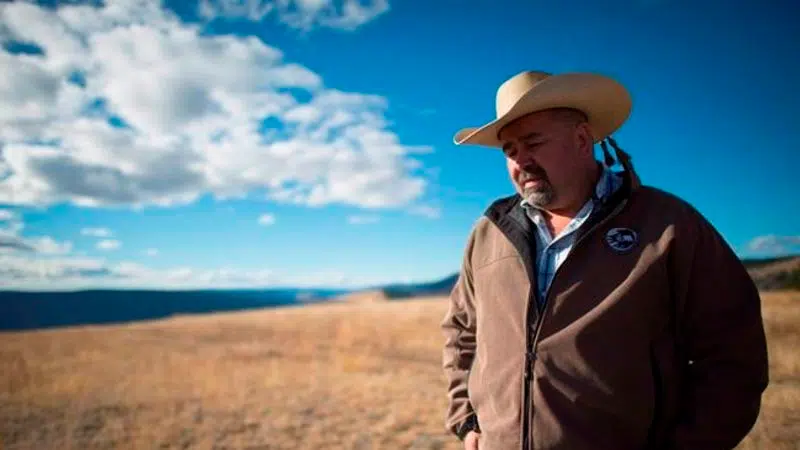
Tsilqhot’in wildfire report calls for Indigenous-rooted training, infrastructure
VANCOUVER — The leader of a First Nation nearly encircled by blazes during one of the worst wildfires seasons in British Columbia’s history says building firefighting capacity is urgent as another season approaches.
The Tsilqhot’in First Nation released a review of the 2017 wildfire season Wednesday detailing its experience and making 33 recommendations, including infrastructure upgrades, sustained funding for firefighting training and a one-stop reimbursement process for First Nations.
Chief Joe Alphonse said while there have always been fires in the region, climate change is making them more common and severe, so there’s no time to waste.


